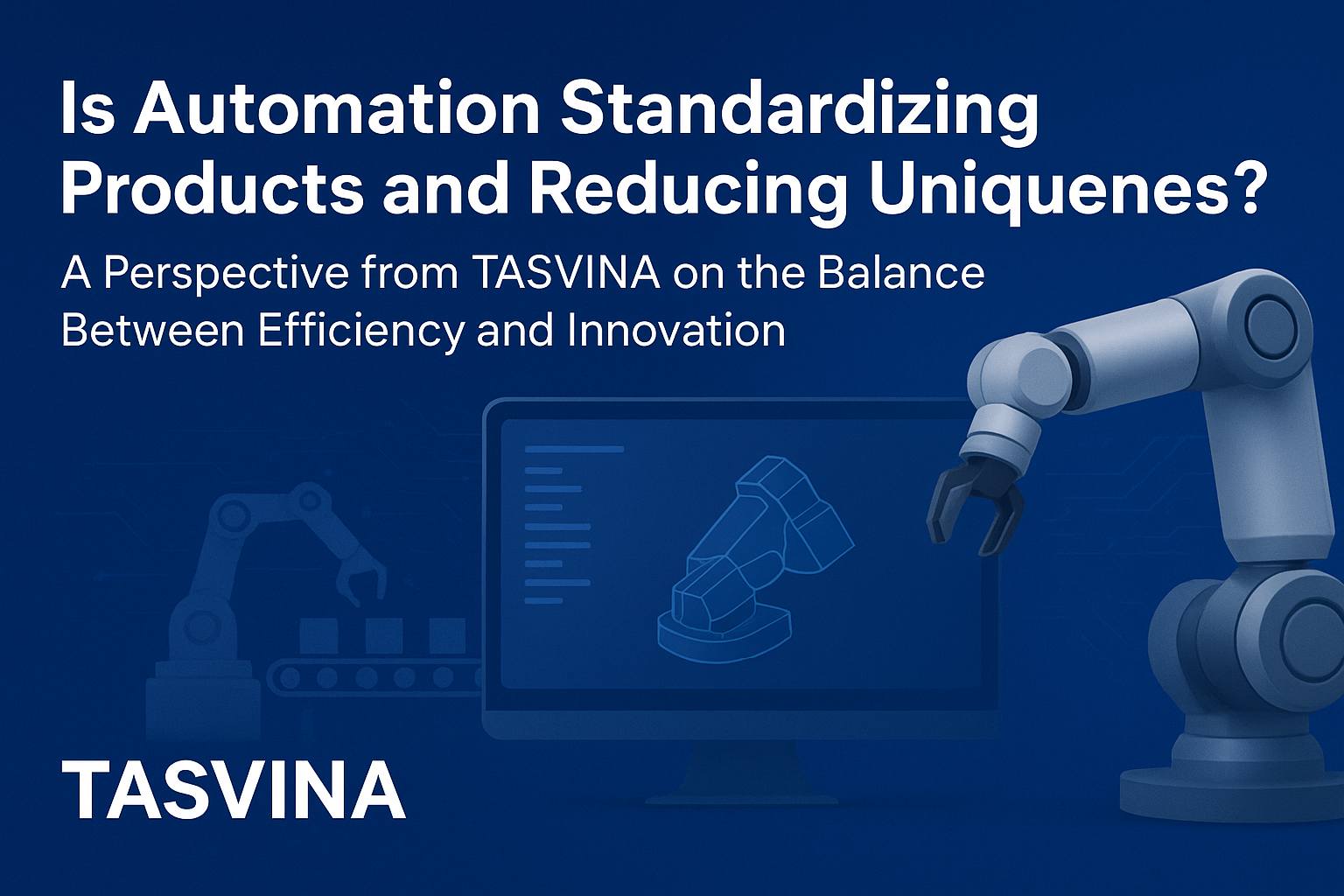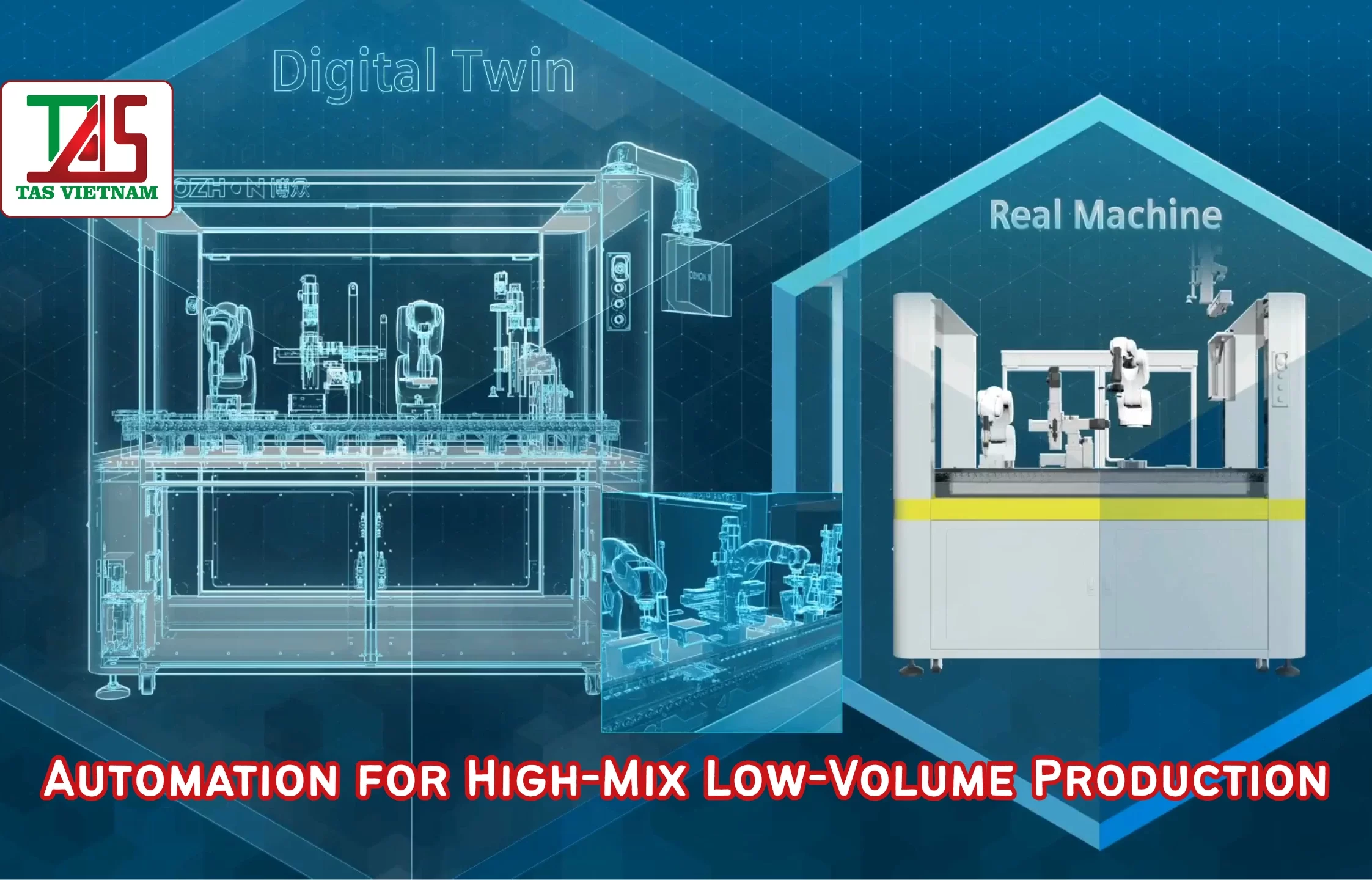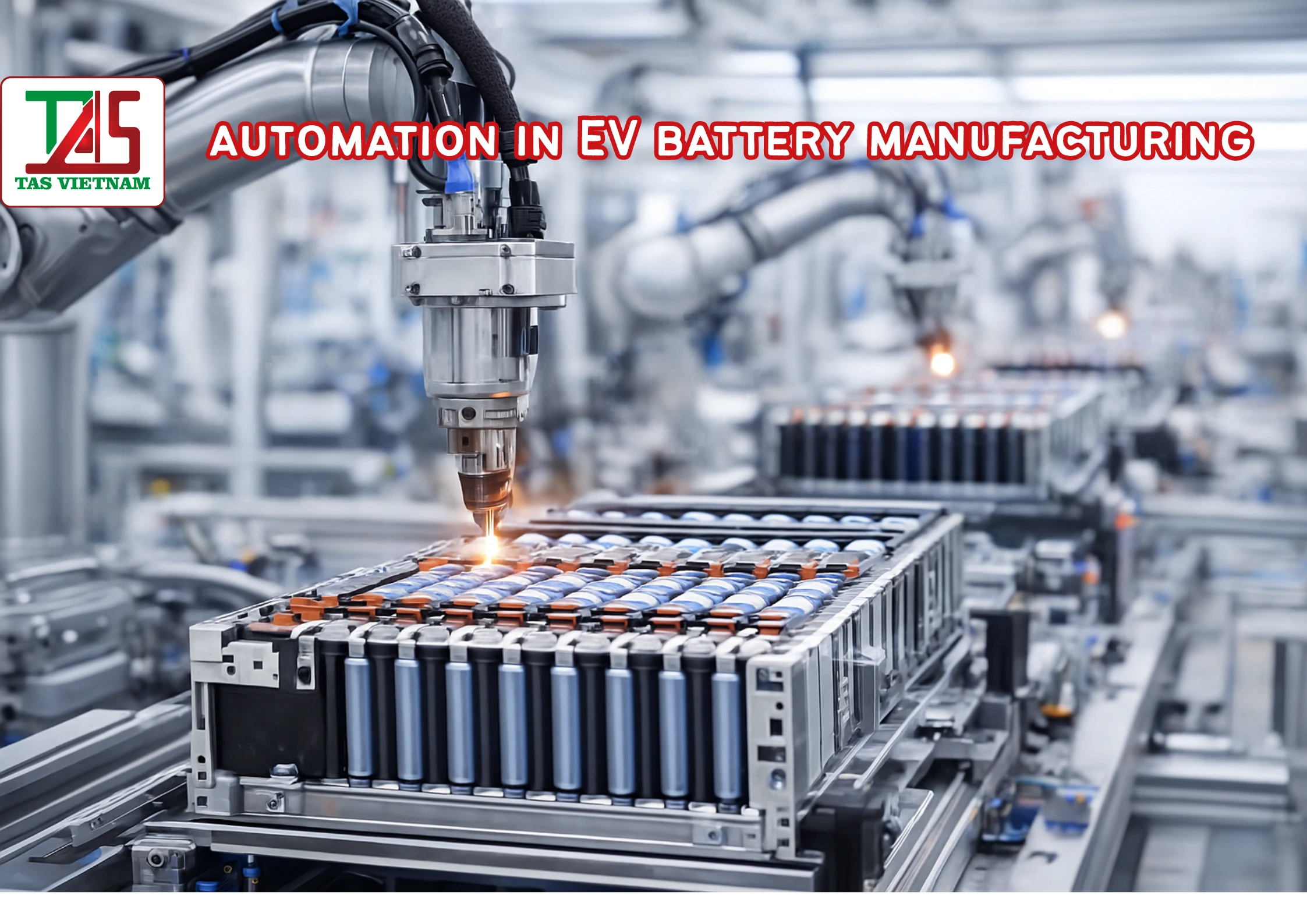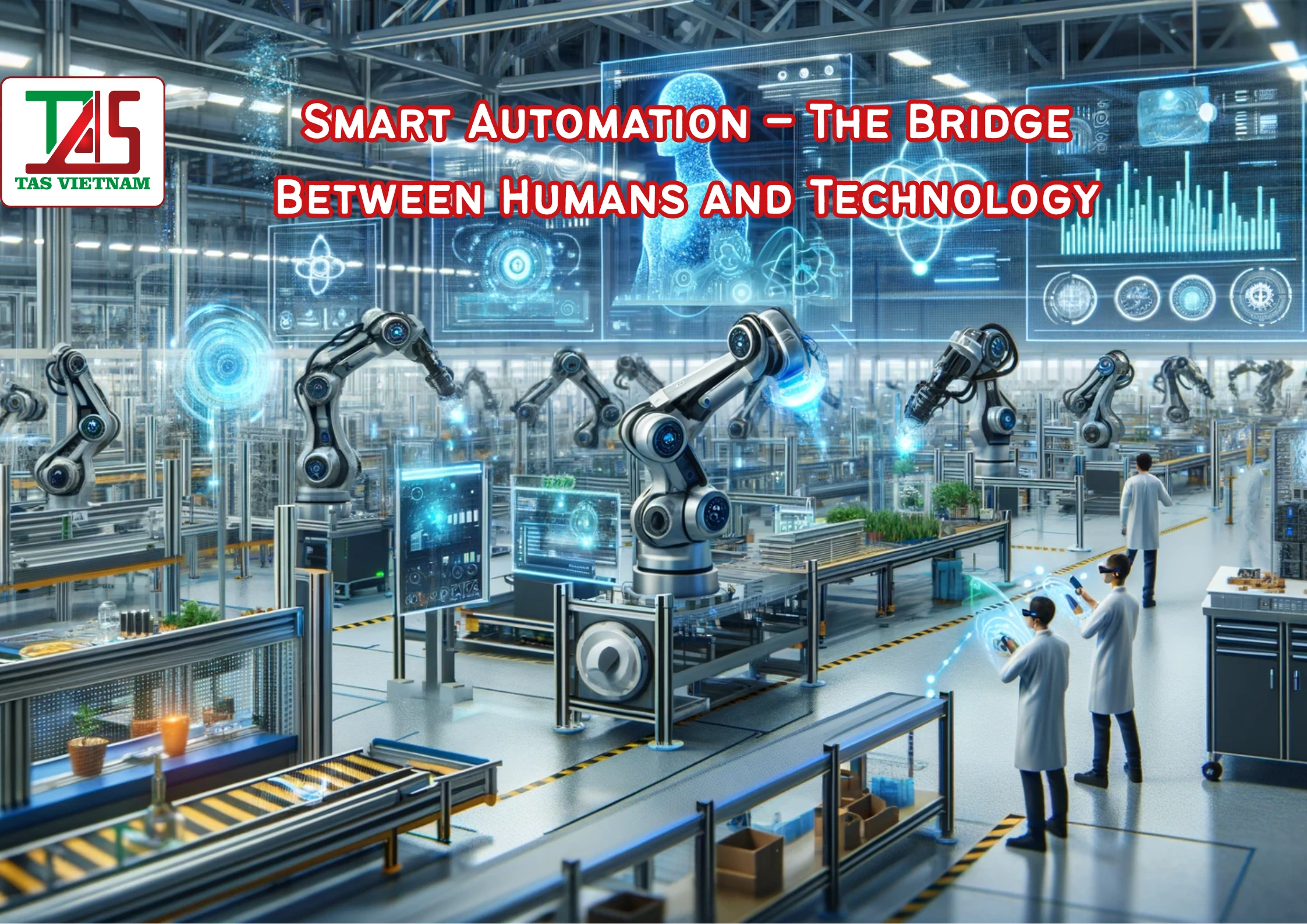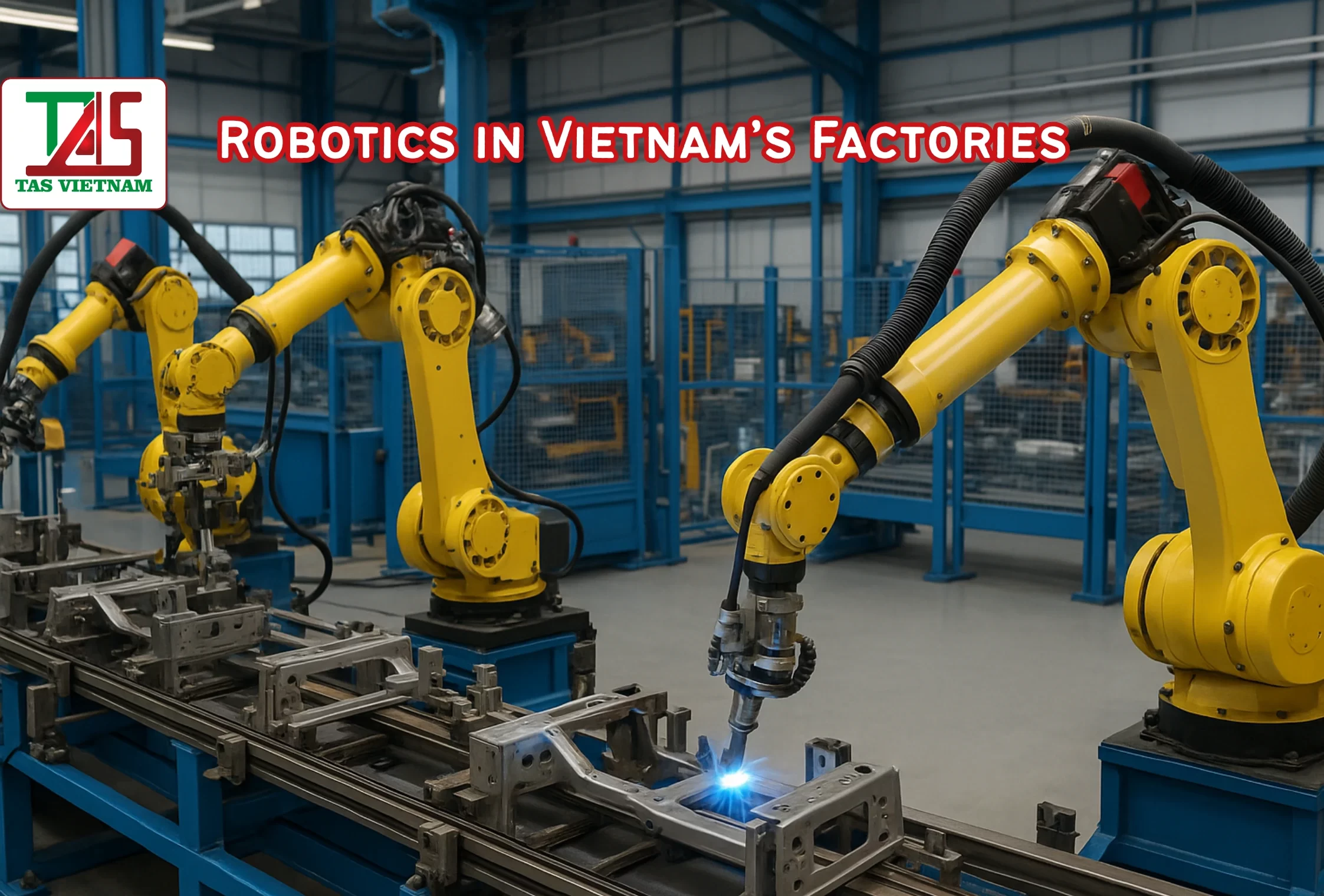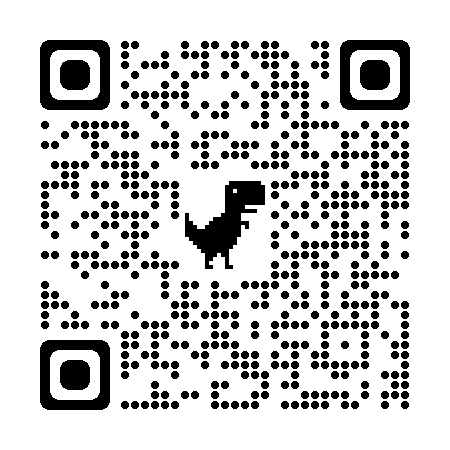A Perspective from TASVINA on the Balance Between Efficiency and Innovation
In today’s industrial landscape, automation is no longer a futuristic concept—it’s the present reality. From robotic assembly lines to AI-driven design tools, automation has transformed the way we create, test, and deliver products. However, a critical question has emerged among engineers and designers alike:
Is automation making products too standardized—sacrificing creativity and uniqueness in exchange for speed and efficiency?
At TASVINA, we believe that the answer is more nuanced. Automation, when applied strategically, does not eliminate uniqueness—it redefines it. The key lies in understanding how automation can become an enabler of innovation, not its limitation.
The Myth of “Uniform Automation”
It’s easy to assume that automated systems produce identical results. After all, machines are designed to replicate processes with high precision and minimal error. In mass production, this leads to consistency, which is valuable for quality assurance and cost efficiency.
But for R&D engineers, product designers, and CAD specialists, this raises a valid concern:
“If every process is automated, will every product look and feel the same?”
The short answer is no, provided automation is used intelligently. Modern automation tools are not rigid—they are configurable, adaptive, and data-driven. For instance, advanced CAD automation and AI-based design optimization allow engineers to generate multiple design iterations based on unique performance goals or aesthetic preferences.
Automation can therefore expand creativity by removing repetitive manual work and enabling engineers to focus on high-value design decisions.
From Standardization to Smart Customization
In manufacturing, the goal is no longer pure standardization—it’s mass customization. Automation technologies such as robotic process automation (RPA), digital twins, and parametric modeling allow for dynamic adaptation of products while maintaining production efficiency.
At TASVINA, we have seen this shift firsthand. Our automation solutions are designed to balance speed, scalability, and flexibility, empowering clients to deliver custom-tailored products without increasing complexity or cost.
For example, using automated design validation systems, R&D teams can simulate hundreds of product variations under different conditions, instantly identifying the best-performing models. The result: unique products born from automated intelligence.
The Role of Human Creativity in the Age of Automation
Automation should not be viewed as a replacement for human creativity but as an amplifier of it. Engineers bring intuition, empathy, and domain expertise that machines cannot replicate. What automation does is provide them with the tools and time to apply that creativity more effectively.
Instead of spending hours on repetitive drafting or data entry, CAD designers can explore new geometries, materials, and manufacturing techniques. R&D managers can focus on strategic product differentiation rather than routine testing or compliance tasks.
At TASVINA, we call this “Collaborative Automation”—a seamless partnership between human intelligence and machine precision. By integrating automation into engineering workflows, we allow innovation to thrive, not disappear.
Automation as a Brand Differentiator
From a marketing and brand perspective, automation can also enhance uniqueness rather than diminish it. Companies that implement automation effectively gain the agility to respond to market changes faster and deliver products with greater reliability and personalization.
In industries where time-to-market and product consistency define competitiveness, automation becomes a strategic advantage. TASVINA supports clients in achieving this edge through end-to-end automation systems—spanning design, simulation, production, and quality control.
Our approach combines engineering precision with brand vision, ensuring that automation aligns with the company’s identity rather than erasing it. In essence, we help businesses automate without losing their soul.
The TASVINA Perspective: Innovation Through Integration
At TASVINA, we view automation not as a single technology, but as a holistic ecosystem. Our engineering automation solutions integrate mechanical design, software systems, and smart manufacturing to create a unified workflow.
By bridging CAD, CAM, and control systems, we enable continuous improvement and digital continuity across the product lifecycle. This integration allows our partners to deliver products that are not only precise and consistent but also distinctive in performance and design.
We believe that the future of automation lies in adaptive intelligence—systems that learn, evolve, and co-create with humans. This is how automation can enhance diversity rather than standardization in the product landscape.
Finding the Balance
The true challenge is not whether automation makes products uniform—it’s how organizations use automation. When treated purely as a cost-cutting tool, it can indeed lead to over-standardization. But when integrated as a creative enabler, automation becomes the foundation of sustainable innovation.
TASVINA works with clients to find that balance—between precision and personality, between efficiency and experimentation. Our mission is to make automation human-centered, ensuring that every automated process still reflects the creative intent behind it.
Conclusion
Automation is not the enemy of uniqueness; it’s the engine that drives it forward. By automating the predictable, we empower engineers to innovate the extraordinary.
At TASVINA, we are committed to building automation systems that honor both technical excellence and creative individuality. Because in the end, the future of manufacturing won’t be defined by uniformity—but by intelligent diversity.
TASVINA – Engineering Automation with Character.




